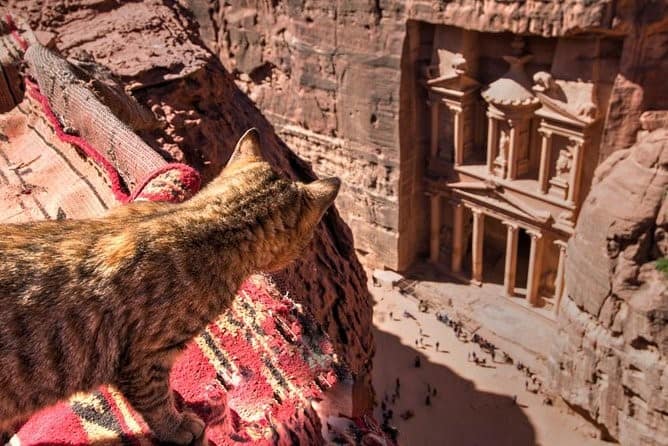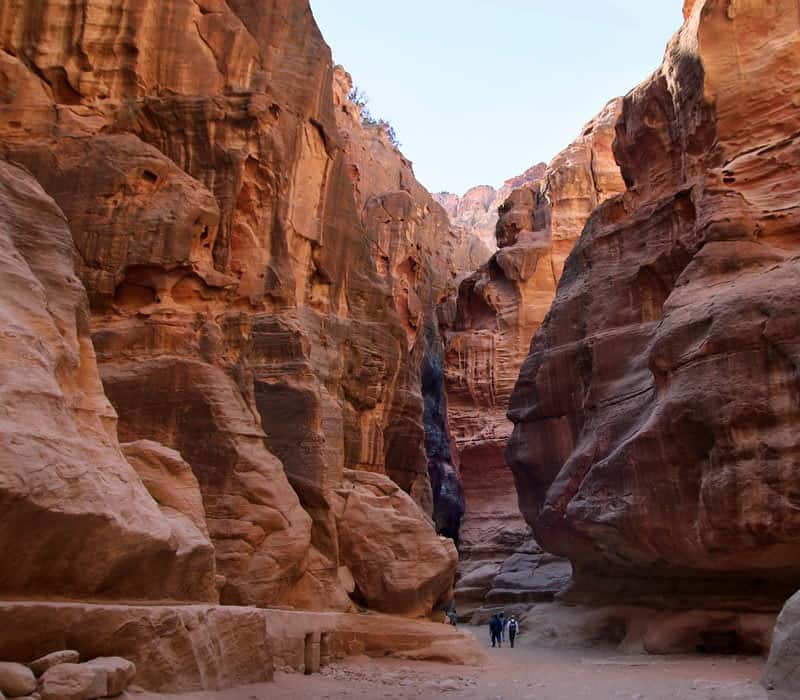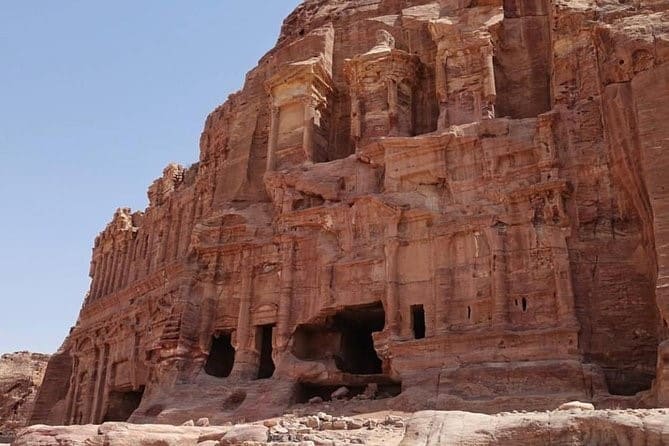City of petra
This wonder of the world is the most valuable treasure in Jordan, and also its main tourist attraction in the country

Petra has been a UNESCO World Heritage Site since 1985. The site remained unknown to the Western world until 1812, when it was introduced by Swiss explorer Johann Ludwig Burckhardt. It was described as “a rose-red city half as old as time” in a Newdigate Prize-winning sonnet by John William Burgon. UNESCO has described it as “one of the most precious cultural properties of man’s cultural heritage. Excavations that revealed the astounding workmanship and the incredible ruins at Petra did not begin until 1924, and continue to reveal more information about the Nabataean Kingdom
About the City
Petra means the rock; is a historical and archaeological city in the Jordanian governorate of Ma’an that is famous for its rock cut architecture and water conduits system. Established sometime around the 6th century BC as the capital city of the Nabateans, it is a symbol of Jordan. It lies on the slope of Mount Hor in a basin among the mountains which form the eastern flank of Arabah (Wadi Araba), the large valley running from the Dead Sea to the Gulf of Aqaba

About the City
Beyond el Khazneh you are surrounded on both sides by hundreds of Petra’s curved and built structures, soaring temples, elaborate royal tombs, a curved Roman theater (seating 3,000), large and small houses, burial chambers, banquet halls, water channels and reservoirs, bathes, monumental staircases, cultic installations, markets, arched gates public buildings and paved streets,
“Petra was chosen by the BBC as one of “the 40 places you have to see before you die”


Petra still forms part of the domain of the Bedouin, and you will see them with their horses and camels as you begin your unforgettable trip into this cultural landmark. After passing tombs outside the city, you come to the “Siq”, an immense crack in the Nubian sandstone almost one half mile long. This winding fissure separates overhanging cliffs that appear to meet 300 feet overhead. Near the end of the passage, the Siq makes one last turn with great style, and out of the gloom Petra’s most impressive monument Al Khazneh (The Treasury) appears in the towering brightness. One of the most elegant remains of antiquity, out of the, Al Khazneh is nearly 140 feet high and was carved from the mountain’s solid rock in the First Century B.C. Originally used as a Namataean king’s tomb, scholars believe Al Khazneh was later used as Nabataean temple. Film buffs will recognize it from its starring role in the final scenes of the movie “Indiana Jones and the Temple of Doom.”
